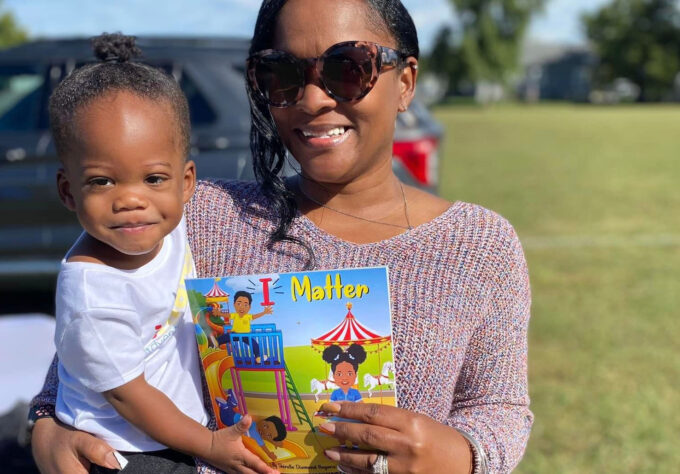With all of the news and debates about health care these days, you may have heard the term “community health improvement.” You may hear even more buzz about it during Community Health Improvement Week, June 5-11th.
Community health improvement essentially means identifying and addressing communities’ health needs in order to improve the health of the community as a whole — not just the health of individuals. So why does that matter to you or your child?
Because “community health” involves so many aspects of our lives.
These are the kinds of things to consider when it comes to community health improvement:
Socioeconomic factors
Is affordable transportation available for families to get to and from appointments? Do they have money for copays and medications? Can they afford to the make lifestyle changes — low-salt diet, more fruits and vegetables — that the doctor recommended? What is the state minimum wage?
Health behaviors
Are children exercising? Are parents modeling physical activity with their own workout routine? Do family members smoke? What kind of drinks and snacks do parents give their kids? Do parents model healthy eating habits (fruits, vegetables, turning off the TV and phones during meals)? Are families using seatbelts and helmets?
Clinical care
Are the right kinds of doctors available in network and accessible (reasonable distance, easy to communicate with)? Are the recommended treatments covered? Are doctors using updated clinical guidelines to diagnose and treat?
Physical environment
Is air pollution a problem in the area? Is lead in the water? Is there mold? Is there violence in the neighborhood? Is there safe, clean, green space in the neighborhood for kids to play?
Because doctors can only do so much.
A typical visit may go something like this:
When I see Maddie for her fourth ear infection, I recommend that Maddie’s parents take her to see an ear, nose and throat specialist and schedule a hearing exam with an audiologist. I, once again, review how exposure to cigarette chemicals, in the air or on a parent’s clothes and skin, can be harmful to kids.
But many issues need to be addressed with Maddie and her family outside of my 15- to 20-minute scheduled visit (which may be more like 10-15 minutes at some practices). For example, how will Maddie’s one-car working family get her to the hospital to see the specialist? Will her parents be able to take her due to high co-pays for specialist visits? What community resources and legislation are available to encourage her parents to quit smoking?
Doctors and hospitals can’t keep people healthy on their own. They need help from key partners in the community to help their patients overcome common health barriers. As the old saying goes, it takes a village, and health care is finally taking note.
Because doctors care.
As a pediatrician, there is so much more I want to do for my patients outside the walls of the office. I don’t just want to treat disease in one patient, I want to prevent disease in the whole community.
So you may hear that I’ve reached out to your child’s school to plan an exercise initiative. Or, you may have read my letters to the editor in the local newspaper about health and safety concerns.
I want to make an impact on kids before they walk through the door of the office and long after they get a sticker on their way out. By trying to help lift the community’s health, I hope that I can also lift your child’s health.



